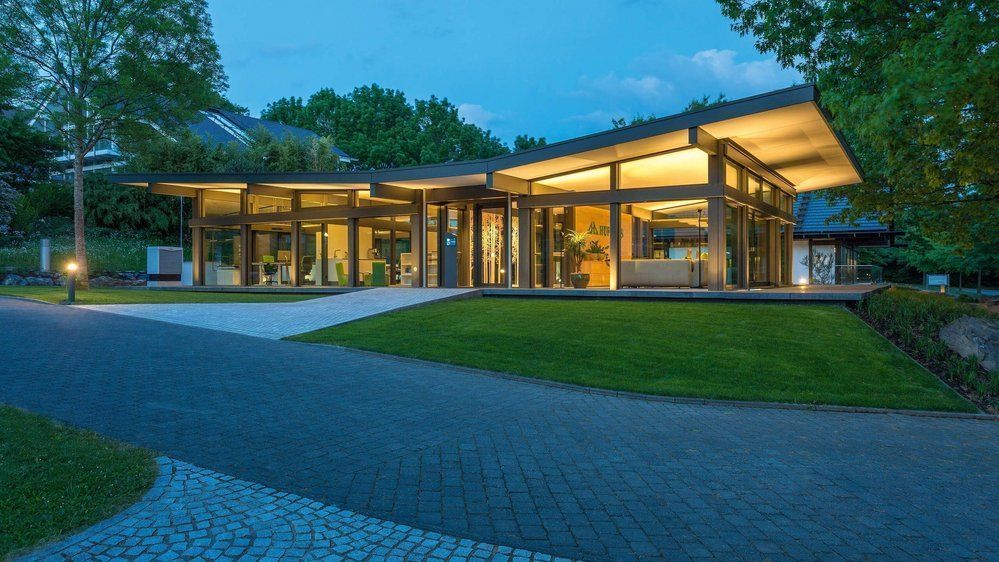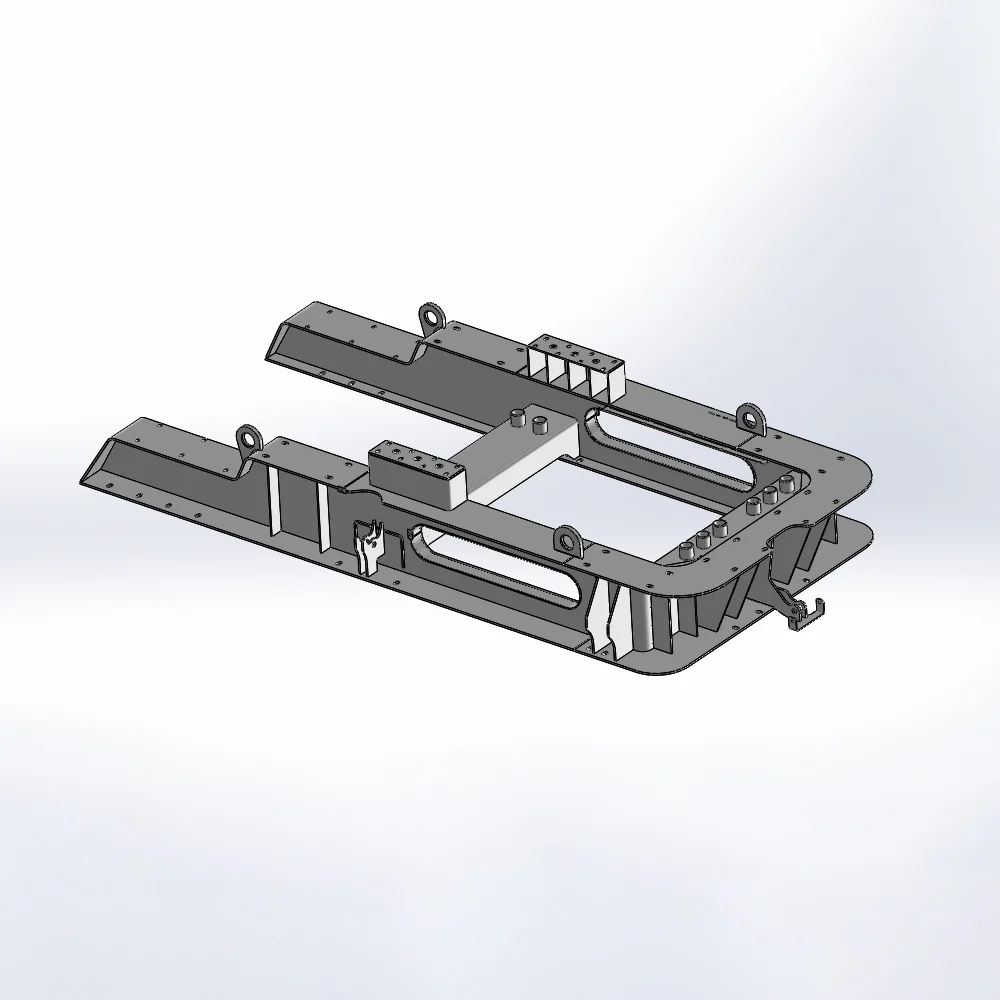In recent years, the concept of a smart home has gained significant popularity, promising convenience, efficiency, and enhanced security. However, a common misconception is that having a smart home is an expensive endeavor. In this article, we will delve into the true cost of smart homes, exploring the various factors that contribute to their affordability and debunking the notion that they are exclusively reserved for the wealthy.
- Initial Investment:
While it's true that setting up a smart home requires an initial investment, the cost has significantly decreased over time. With advancements in technology and increased market competition, smart home devices have become more affordable and accessible to a wider range of consumers. From smart speakers and thermostats to lighting systems and security cameras, there are options available to suit various budgets. - Energy Efficiency:
One of the key advantages of a smart home is its ability to optimize energy usage, leading to long-term cost savings. Smart thermostats, for example, can learn your preferences and adjust the temperature accordingly, reducing energy waste and lowering utility bills. Similarly, smart lighting systems can automatically turn off lights when not in use, further reducing electricity consumption. Over time, these energy-saving features can offset the initial investment. - Home Security:
Contrary to popular belief, enhancing home security with smart devices doesn't have to break the bank. While high-end security systems may come with a higher price tag, there are affordable alternatives that offer similar functionality. Smart doorbells with built-in cameras, for instance, provide real-time video monitoring and two-way communication, ensuring peace of mind without a hefty price. - Integration and Scalability:
Another cost-saving aspect of smart homes is their ability to integrate and scale over time. Rather than investing in a complete smart home setup all at once, homeowners can start with a few devices and gradually expand their ecosystem. Most smart home devices are designed to be compatible with each other, allowing for seamless integration and customization. This flexibility enables homeowners to prioritize their needs and budget accordingly. - Long-Term Savings:
While the upfront cost of smart home devices may seem daunting, it's important to consider the long-term savings they can provide. From energy efficiency to reduced maintenance costs, smart homes offer numerous financial benefits over time. Additionally, some insurance companies offer discounts for homes equipped with smart security systems, further offsetting the initial investment.
Conclusion:
Contrary to popular belief, having a smart home is not necessarily an expensive endeavor. With the availability of affordable devices, energy efficiency features, and the ability to scale over time, smart homes have become more accessible to a wider range of consumers. By considering the long-term savings and benefits, homeowners can make informed decisions about integrating smart technology into their homes. Embracing the convenience and efficiency of a smart home is no longer a luxury reserved for the wealthy, but a practical and affordable choice for anyone seeking to enhance their living environment.







+ There are no comments
Add yours